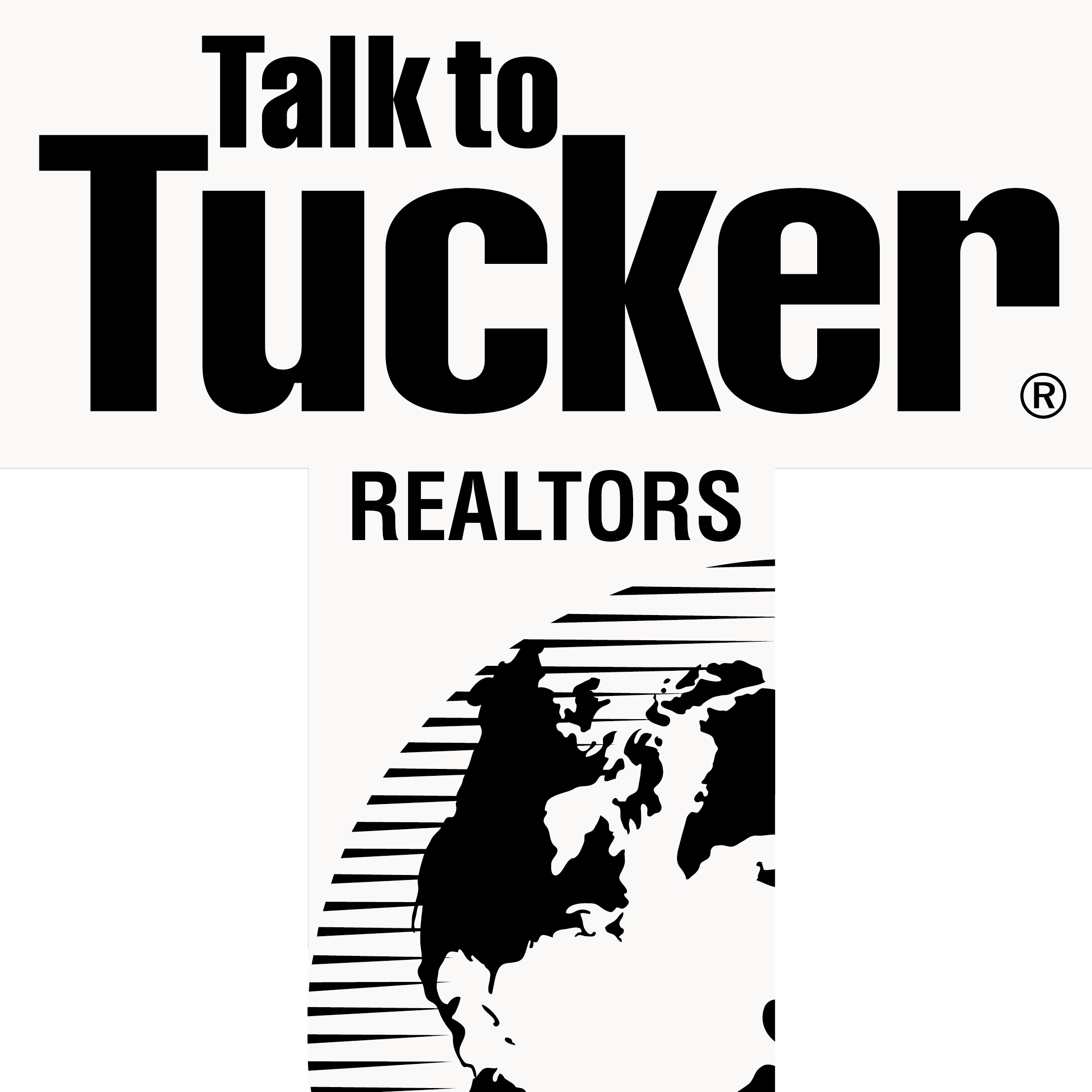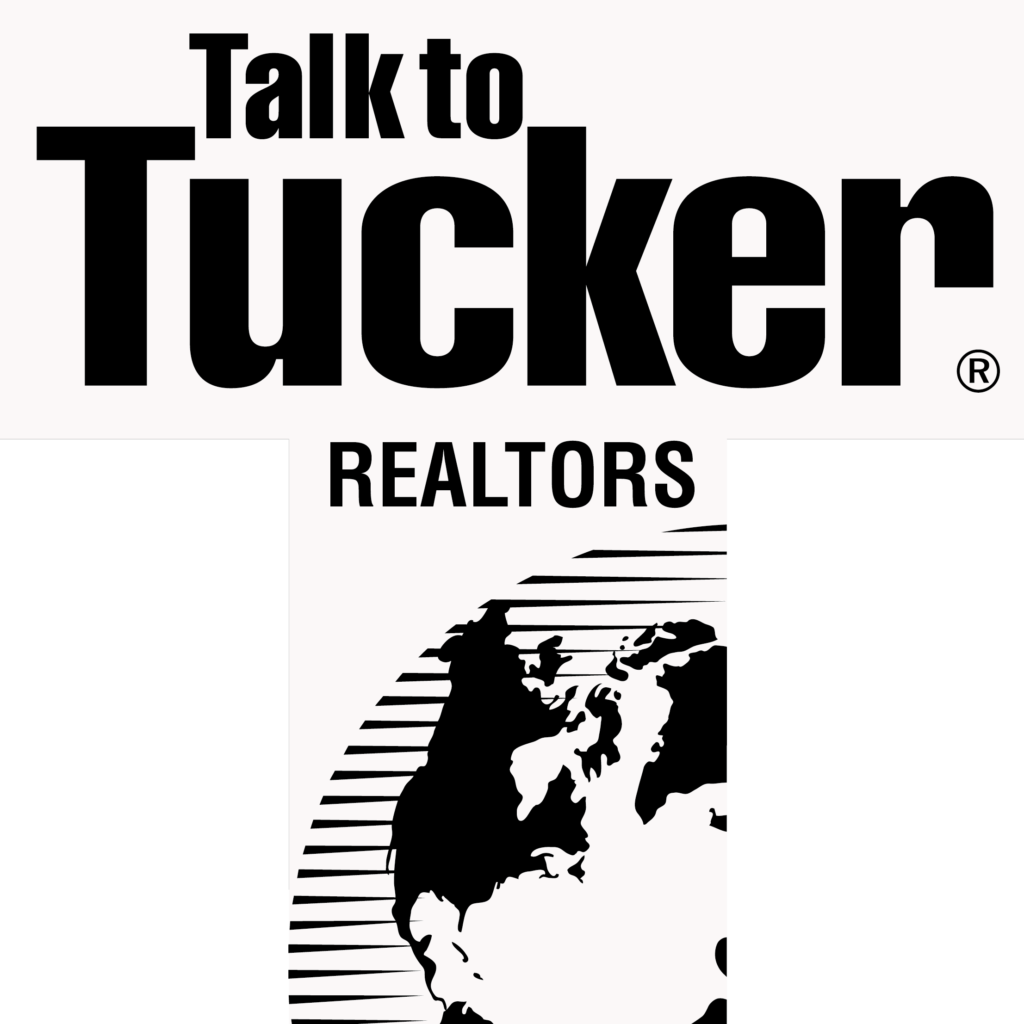
As the population evolves, so does the way we plan, build, and invest in commercial real estate. In Indiana, shifting demographics are creating new patterns of demand—and new opportunities for those who understand where the market is going.
At Annie Scott Realty Group LLC, I work with clients who want to stay ahead of the curve. Here’s how changing population trends are reshaping Indiana’s commercial real estate landscape—and what it means for your next investment or development decision.
1. Suburban Migration Is Fueling Commercial Growth
As more families and professionals move out of city centers and into surrounding suburbs, commercial demand is rising sharply in communities like:
- Carmel
- Fishers
- Noblesville
- Zionsville
- Whitestown
This migration is driven by lifestyle preferences: people want more space, safer neighborhoods, better schools—and shorter commutes to local amenities.
Impact:
We’re seeing increased demand for suburban retail, medical office buildings, flex industrial space, and service-oriented businesses close to residential zones.
2. Indiana’s Aging Population Is Reshaping Medical and Senior Real Estate
By 2030, nearly 1 in 5 Hoosiers will be over 65. This shift is already impacting the commercial real estate sector in significant ways:
- More demand for medical office buildings, especially in suburban nodes
- Expansion of senior housing, memory care, and assisted living facilities
- Increased need for accessible retail and service-based businesses (e.g., pharmacies, physical therapy, audiology clinics)
Key Markets: Carmel, Greenwood, Plainfield, and Lafayette are seeing strong development activity in senior-focused and healthcare-related properties.
3. Remote Work Is Redefining Office and Mixed-Use Projects
The remote work revolution didn’t skip Indiana. As more professionals adopt hybrid work schedules, traditional office space needs are shifting:
- Demand is moving from large corporate office parks to flexible, smaller suites
- Live/work mixed-use developments are growing in popularity
- Offices in walkable, amenity-rich areas are performing better than isolated suburban buildings
Opportunity: Investors and developers are repositioning older office buildings near town centers into coworking spaces, boutique offices, or healthcare-adjacent uses.
4. Diverse Populations Are Influencing Retail and Service Mixes
Indiana is becoming more culturally diverse, especially in metro areas like Indianapolis and in growing college towns like Bloomington, West Lafayette, and Muncie.
- Immigrant-owned businesses are expanding
- Demand is rising for culturally specific grocery stores, salons, restaurants, and services
- Multilingual signage, inclusive design, and broader tenant diversity are increasingly common
Why It Matters: Successful retail centers and developments reflect the changing face of the community. Embracing diversity can attract loyal customers and sustainable tenants.
5. The Rise of the Millennial and Gen Z Consumer
Millennials and Gen Z now make up a large—and growing—portion of Indiana’s workforce and renter base. Their preferences are driving:
- Walkable, mixed-use developments
- Experience-driven retail (fitness, dining, boutique services)
- Strong demand for proximity to trails, transit, and coworking options
This younger demographic also favors sustainability and convenience, meaning electric vehicle charging, smart building tech, and green certifications are becoming more valuable in commercial projects.
6. Industrial Demand Is Being Driven by Population Distribution
As e-commerce continues to shape consumer behavior, Indiana’s central location and growing population make it a hub for last-mile logistics and warehousing. However, demographic shifts are also affecting:
- Where industrial users want to locate (closer to suburban hubs for labor access)
- How much land is being repurposed for flex industrial in high-demand zones
- What types of businesses occupy those buildings (light manufacturing, cold storage, etc.)
Notable growth corridors: Whitestown, Greenfield, Lebanon, and Avon are all seeing increased industrial development tied to shifting population nodes.
Final Thoughts
Demographic change isn’t a future event—it’s happening now. And in commercial real estate, those who adapt to the new landscape will lead the next wave of smart investments, developments, and repositioning plays.
At Annie Scott Realty Group LLC, I help clients read the market through a strategic lens—understanding not just the numbers, but the people behind them.
Let’s talk about how these shifts can inform your next move in Indiana’s commercial real estate market.
Photo Credit: Luxury Presence
Sources:
- Indiana Business Research Center – Demographic Projections
- U.S. Census Bureau – Indiana Population Trends
- Urban Land Institute – Emerging Trends in Real Estate 2025
- CBRE – Midwest Market Outlook

